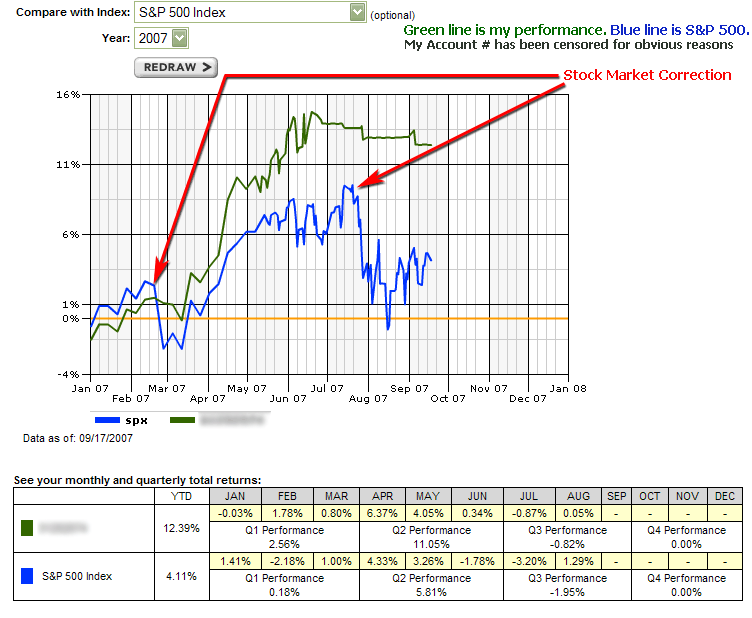The Stock Market is a significant entity of our society that seems to have too much ignorance surrounding it by the non-investing individuals. The intention of this mini-series entitled “Introduction to the Stock Market” is to enlighten the average individual with no background or knowledge in the investing world.
What is the point of the stock market? Why do companies sell shares?
The point of the stock market is fundamentally simple, but can often be complicated in today’s conditions. In it’s simplest form, the point of the stock market is for companies to sell a portion of their company in the form of shares to raise money, and investors purchase shares to receive a portion of the company’s profits relative to the portion of shares they purchased. Of course, this description of the stock market hasn’t been accurate for decades…
While most companies’ reason for going public and selling shares of their company is still to raise money that will be reinvested into the company, some companies now go public for the sake of extracting the worth of their company. This usually occurs in an overbought stock market where IPOs are a hot commodity. In other words, sometimes companies go public just to ride good momentum in the stock market and never plan to reinvest the raised money into their own company.
Fortunately most informed investors are aware of this technique used by underachieving companies, so this has never been much of a issue. The investor’s goal in the market is to grow his wealth, but that goal is now fulfilled by more than just dividends. The old adage of buy and hold is no longer relevant in today’s market. In fact, many major public companies don’t even provide dividends to their shareholders. These companies prefer to reinvest their extra cash in the company for growth purposes, than to pay their shareholders their portion of the profits. So in the current market, the investor’s purpose is to grow his wealth through any way possible (as long as it’s legal). Methods of growing wealth include buying long, selling short, speculation investing, dividends, etc.
Who or What steers the Stock Market?
The list of variables that streer the stock market are practically limitless, but the most influential and significant factor in determining the direction of the stock market is the economy. In general, the stock market and the economy move in a positive relationship (when the economy is up, the stock market is up and vice versa), but this is not always the case.
Often times the confusion and/or irrational exuberance of investors leads to an unusual relationship between the stock market and the economy. By unusual, I mean that it is possible for the economy to have completely different characteristics in terms of growth than the stock market. For example: the economy can be stagnant with no signs of growth, meanwhile the stock market is rallying upward. Another example: the economy can have moderate growth, but the stock market can be declining downward. The reasons these unusual relationships form are best left for the more advanced articles you can find on this website.


 The investing industry is one that is plagued with a history of deceit. Fortunately for the average investor, the
The investing industry is one that is plagued with a history of deceit. Fortunately for the average investor, the